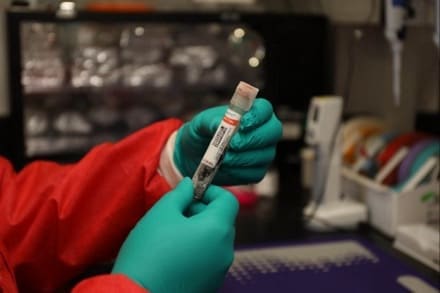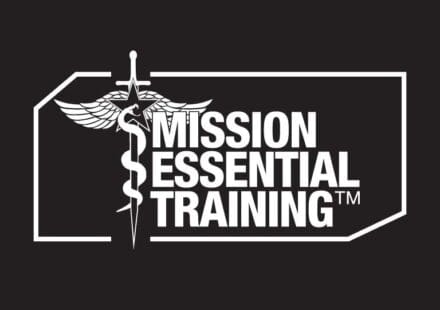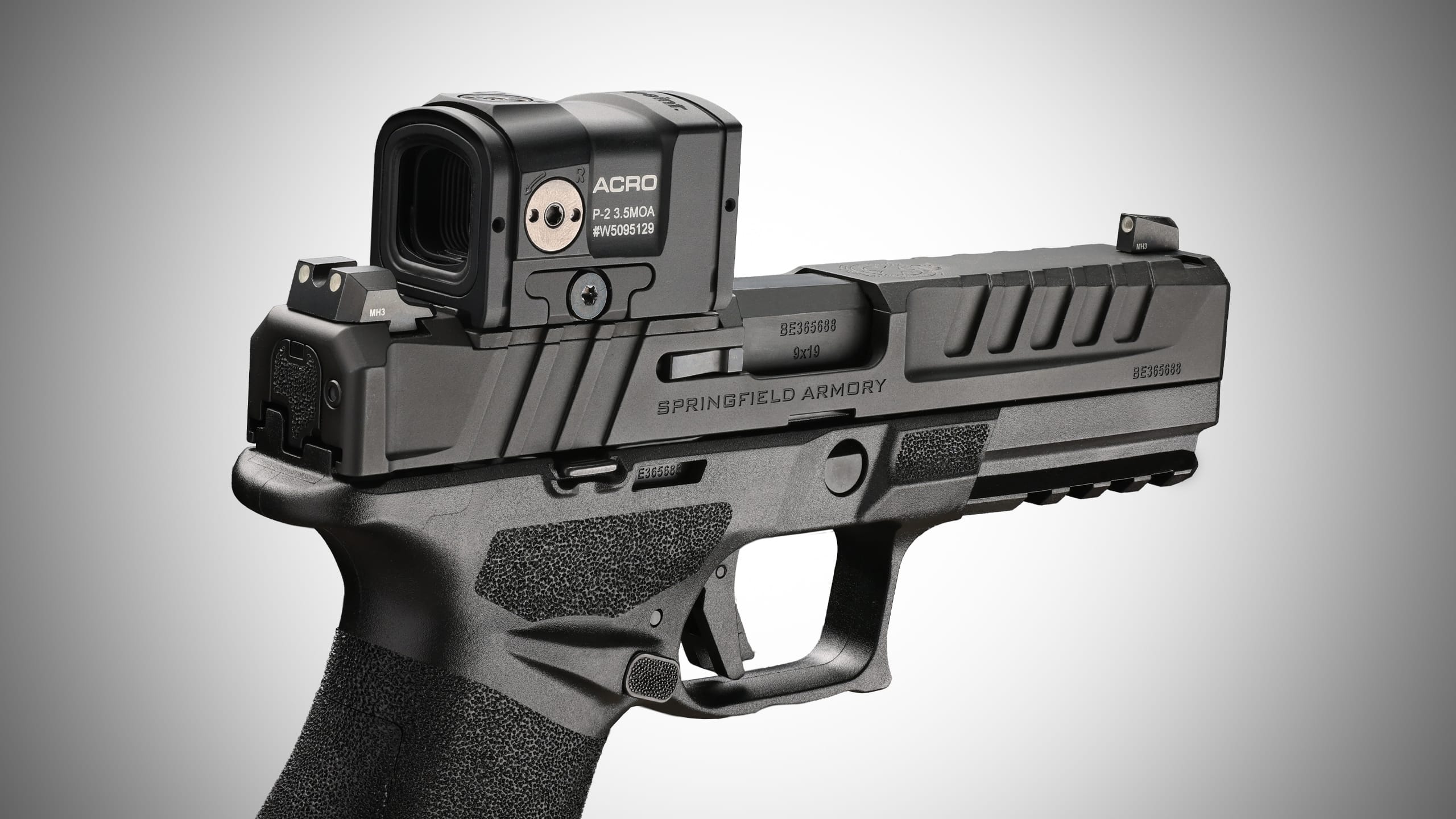FORT DETRICK, Md. – A new invention developed at the U.S. Army Medical Research and Development Command uses an artificial intelligence machine learning algorithm to identify whether burn patients are at risk of experiencing life-threatening complications from sepsis. The invention has been submitted to the U.S. Food and Drug Administration for an initial guidance review, a crucial step on the path to readying the device for commercial licensing.
SeptiBurnAlert, invented by Dr. Rasha Hammamieh and Nabarun Chakraborty of the Medical Readiness Systems Biology branch of the Center for Military Psychiatry and Neuroscience at MRDC’s Walter Reed Army Institute of Research, analyzes blood samples taken from a burn victim to identify the presence of specific biomolecular changes, called biomarkers, that are associated with an elevated risk of dangerous inflammation triggered by the body’s attempts to fight infection. By using a combination of rapid biomolecular assay and a specially trained algorithm, the device promises to allow intensive care teams to predict the risk of sepsis onset within the first 24 hours of a patient’s admission to the intensive care unit, greatly improving the patient’s odds of survival.
Although improvements in combat casualty care have made it possible for 95% of burn patients to survive their injuries, over 30% experience sepsis, the leading cause of death among patients with acute burn injuries. That’s because burn patients lose their first and most effective barrier to infection: their skin. As long as the wound remains open, patients are exposed to a wide range of harmful agents that can challenge the body’s immune system and trigger an inflammation response, which in turn increases the risk of sepsis. But diagnosing sepsis in burn patients is difficult and time-consuming.
“Many of the standard indicators that clinicians use to identify sepsis are already present in burn patients,” explains Chakraborty. “High temperature, shortness of breath, low blood pressure and delirium are common to both, which often impedes clinicians’ ability to identify sepsis in burn patients. For burn patients who are at risk of developing sepsis, it may remain undetected for a long time, increasing their risk of mortality. Likewise, for burn patients who are not at risk of developing sepsis, they may be given antibiotics that they don’t need. That is the challenge we are trying to solve.”
SeptiBurnAlert uses a process called polymerase chain reaction to analyze blood samples taken from a burn patient to detect the presence of six genes that are associated with the onset of sepsis. The amounts of those genes in the blood samples are then analyzed by a proprietary machine learning algorithm, developed by Chakraborty and several colleagues, that has been trained on blood samples obtained from a study conducted by Dr. Jeffrey Shupp at MedStar Washington Hospital Center in Washington, DC, one of the country’s leading burn treatment centers. This allows the algorithm to predict the risk of sepsis onset in the patient much more quickly than existing methods, which can require around 100 hours after ICU admission to provide results.

During initial tests, which Hammamieh and Chakraborty conducted with their colleagues Dr. Aarti Gautam and Alexander Lawrence, SeptiBurnAlert accurately assessed sepsis risk in blood samples to a high degree of accuracy. MRDC’s Combat Casualty Care Research Program is currently testing the biomarkers in two ongoing studies to further validate their efficacy. Before SeptiBurnAlert can be used in hospitals, however, it must first meet safety and efficacy criteria developed by the FDA, which regulates all medical devices sold in the U.S.
To ensure that it does, MRDC’s Office of Regulated Activities recently submitted a request to the FDA to review the device and provide feedback on whether additional validation studies are needed, if there are any privacy and security concerns that need to be addressed and whether the device meets all applicable regulatory standards. ORA’s regulatory affairs, compliance and clinical support professionals act as liaisons between MRDC inventors and the FDA to guide them through the review process, helping to mitigate risks and accelerate the delivery of regulated medical devices to market.
Chakraborty says that one advantage of SeptiBurnAlert is that it uses existing off-the-shelf technology and methodologies to analyze the set of six genes, which is called an assay.
“Every lab and clinical facility has PCR devices,” says Chakraborty. “They just need our assay. That will help clinicians gain confidence in the assay. Then, maybe in three or four years, we’ll launch a fully automated version that could be carried to far-forward locations to deliver results before the patient’s ICU admission. This would be an effective step toward achieving customized disease management.”
Hammamieh, Chakraborty and their team have applied for a worldwide patent for the biomarker assay used in the device. They have been working with MRDC’s Small Business Innovation Research and Small Business Technology Transfer Programs, as well as with the MRDC Office of Medical Technology Transfer, on the second-generation model of SeptiBurnAlert, which will be able to analyze a larger assay. SBIR/STTR is currently researching potential sources of developmental funding.
“SeptiBurnAlert has great potential to save the lives of Warfighters and civilians all over the world,” says Dr. Edward Diehl, a commercialization officer with MTT. “We are actively pursuing a license agreement with commercial partners to allow further development of this technology.”
As well as being a potential game-changer in its own right, SeptiBurnAlert is a good example of how MRDC’s multidisciplinary approach drives innovation. The idea for SeptiBurnAlert occurred to Hammamieh and Chakraborty when they were conducting an unrelated study, seeking to identify biomarkers associated with impaired blood coagulation in burn patients.
“As part of this study, we collected blood samples from burn patients shortly after they arrived in the intensive care unit, a number of whom developed sepsis three or four days later,” recalls Hammamieh. “We wondered, ‘Could some of the biomarkers we’re collecting help us predict who will develop sepsis?’ When we completed the coagulopathy study, then it was just a matter of reanalyzing the data we collected for it to look for particular genes, proteins and metabolites that differed between the people who developed sepsis and those who did not.”
ORA submitted the request for a guidance review, called a Q-Submission, to the FDA in late August. Once the FDA reviewers have examined the SeptiBurnAlert device and its supporting data, the ORA team and the inventors will then meet with them to discuss the regulatory pathway forward and any future studies that might be needed to address any unresolved issues.
“We’re looking forward to working with the FDA to ensure that SeptiBurnAlert is safe for use and effective at predicting the risk of sepsis in burn patients,” says Hammamieh. “We are only at the beginning of the review process, but we are excited and hopeful that the device will soon be in use in intensive care units across the U.S., helping to save lives.”
By Paul Lagasse, USAMRDC Public Affairs Office
You can skip to the end and leave a response. Pinging is currently not allowed.
Read the full article here








Leave a Reply